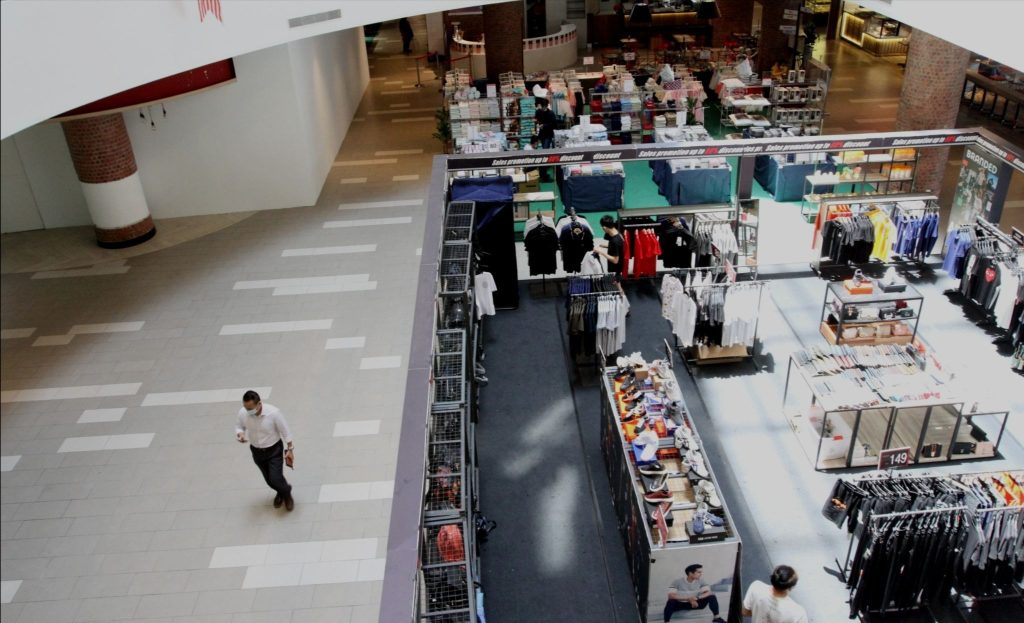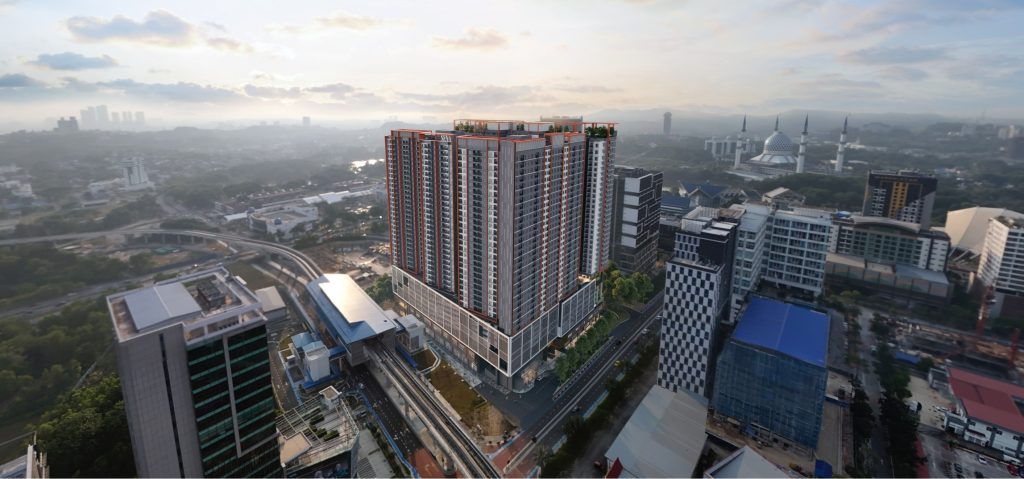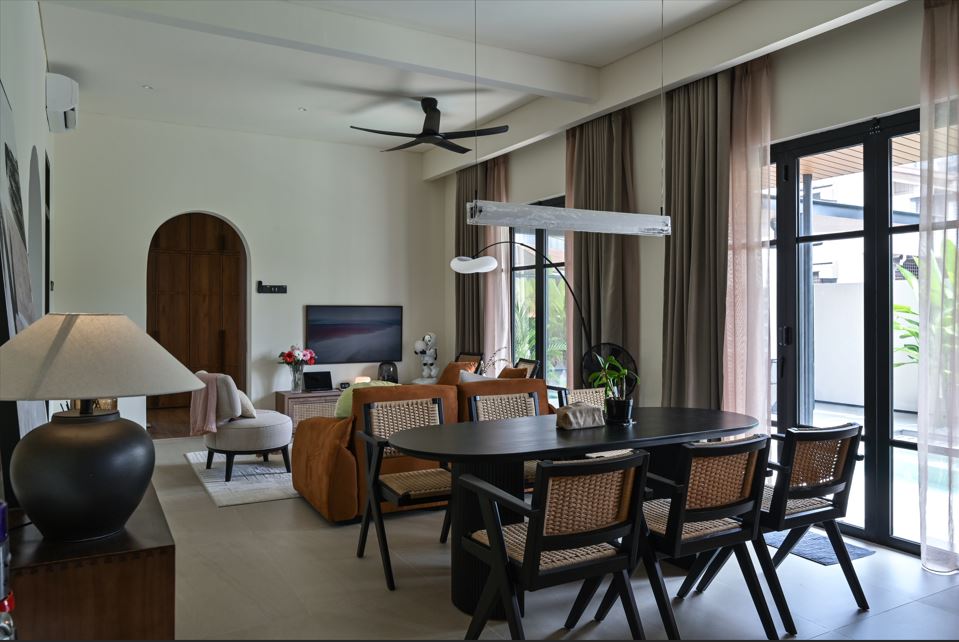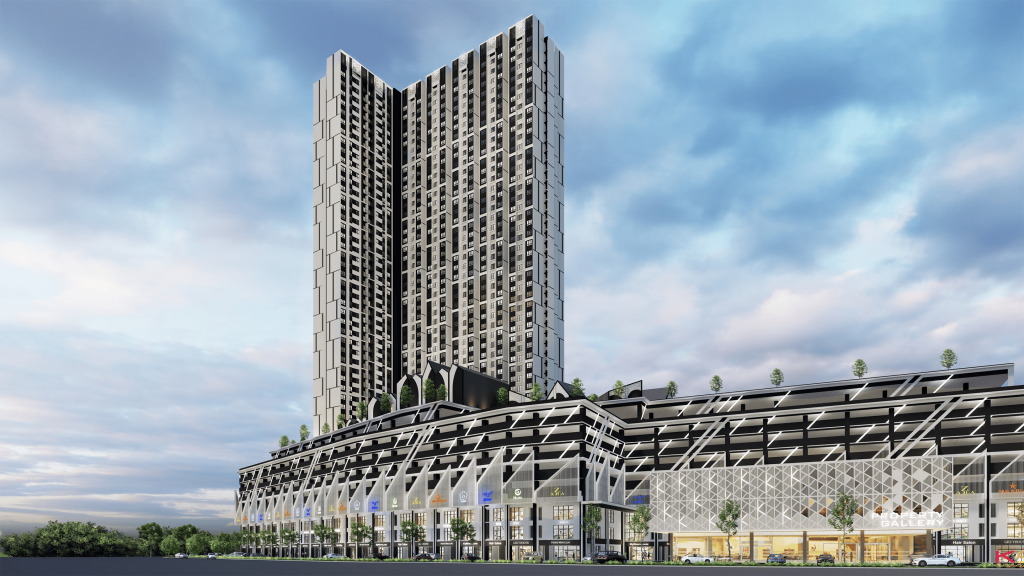A PROPERTY freeze to resolve the current oversupply is a short-term measure. What is needed are clear cut policies for the sector, property consultants say.
They say a better approach would be for developers, lending and banking institutions and approving authorities to provide financing and approval based on project feasibility and marketability.
This prerequisite should apply to private and public sector housing agencies because the glut in residential, office and retail space straddles both sides of the divide.
Khong & Jaafar group of companies managing director Elvin Fernandez says: “A freeze is not the real answer. It is a short-term measure.”
Elvin says a freeze penalises those who need a building in a particular location. He was responding to the government freeze on residentials costing RM1mil and above in certain locations and the freeze on office and mall space.
Elvin says there was a time after the Asian Financial Crisis (1997/98) when these market/feasibility studies were prerequisites before developers receive their financing. Over time, banks and developers question the need for this and it was eventually done away with.
It was viewed as a cost but such studies also provided information a project’s feasibility, he says.
Property consultant CBRE|WTW managing director Foo Gee Jen says Bank Negara mandated such studies more than 10 years ago for projects of a certain size.
“A project has to meet certain targets before launch. These prerequisites helped towards a healthy market,” Foo says. These studies were later done away with because of cost.
“Banks must commission the study. It has to be done independently and it cannot be a mere rubber-stamp,” he says.
On the glut of unsold and unoccupied small offices home offices (SoHos), Foo says this is another area that the Government needs to look into. These units cost less than RM1mil but this does not mean they won’t impact the market.
“SoHos and similar developments may sell well, but what percentage of them are occupied?”
Many young – and older – buyers put their faith in them because they were “affordable comparatively”.
While there is room for shoe-box sized units in certain locations, these should not flood the market, Foo says.
Essentially a shelter, housing has taken on a new meaning, hence the push by developers for SoHos and the like, and investors lapped this up.
Such units do not cost RM1mil. But as Foo asks: “What are their utilisation rate?”
A drive by some of these completed projects may be able to provide an answer. Or ask the auctioneers.
Real estate, as an asset class, has served the previous generations well. It can also serve the younger generation well as it did their parents.
But the unconventional way central bankers worldwide have gone about tackling the 2008 financial crisis has distorted the global financial system.
The high property prices in Malaysia today – and in other economies around the world – is a result of that distortion.
The returns the sector gave the previous generations may not be repeated for some time. This impacts developers, investors, local authorities and lenders and, most important of all, property owners and buyers. — By Thean Lee Cheng












































